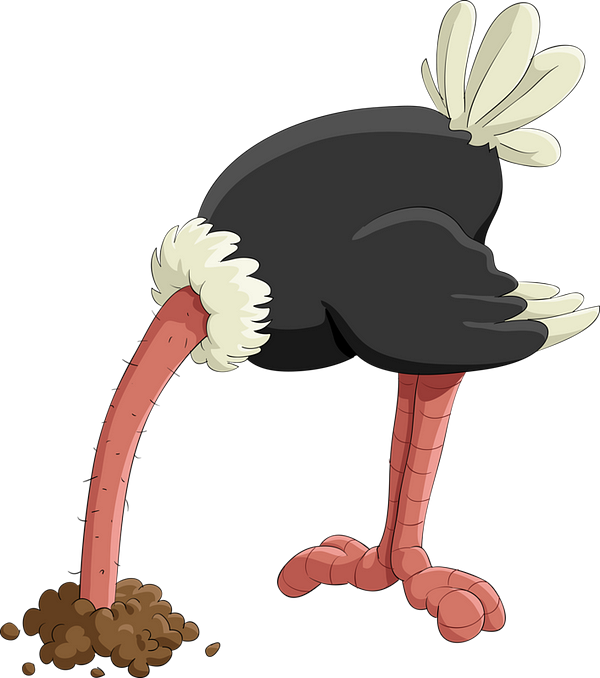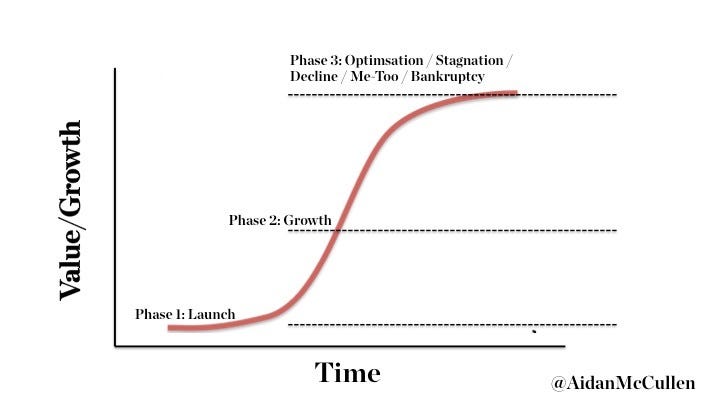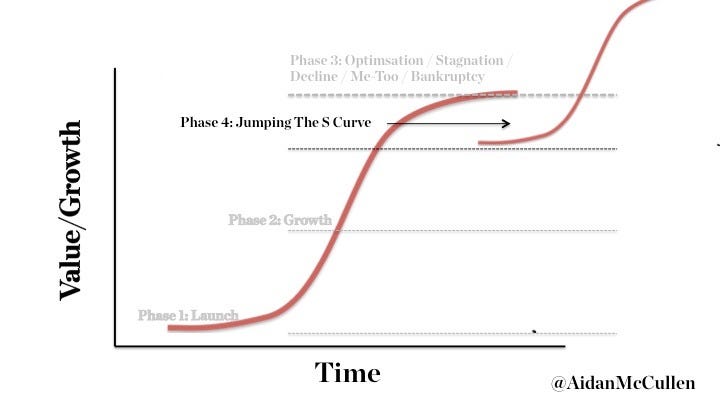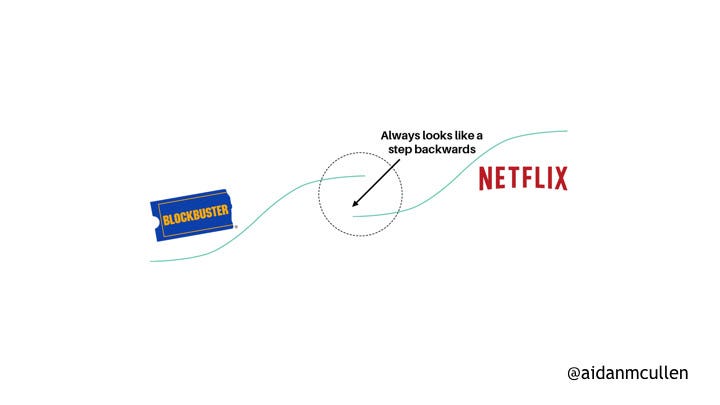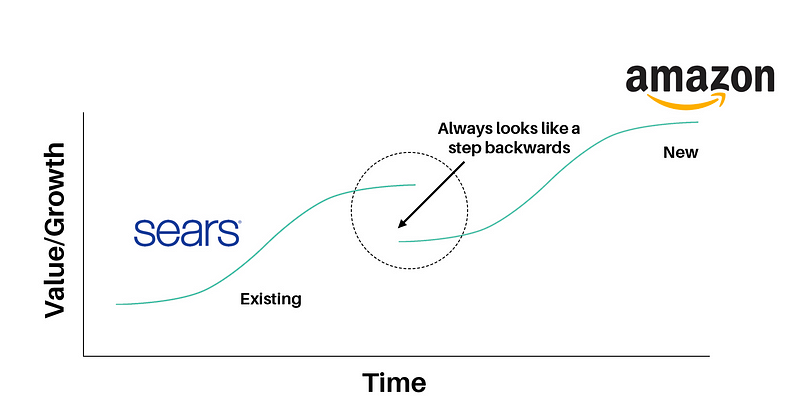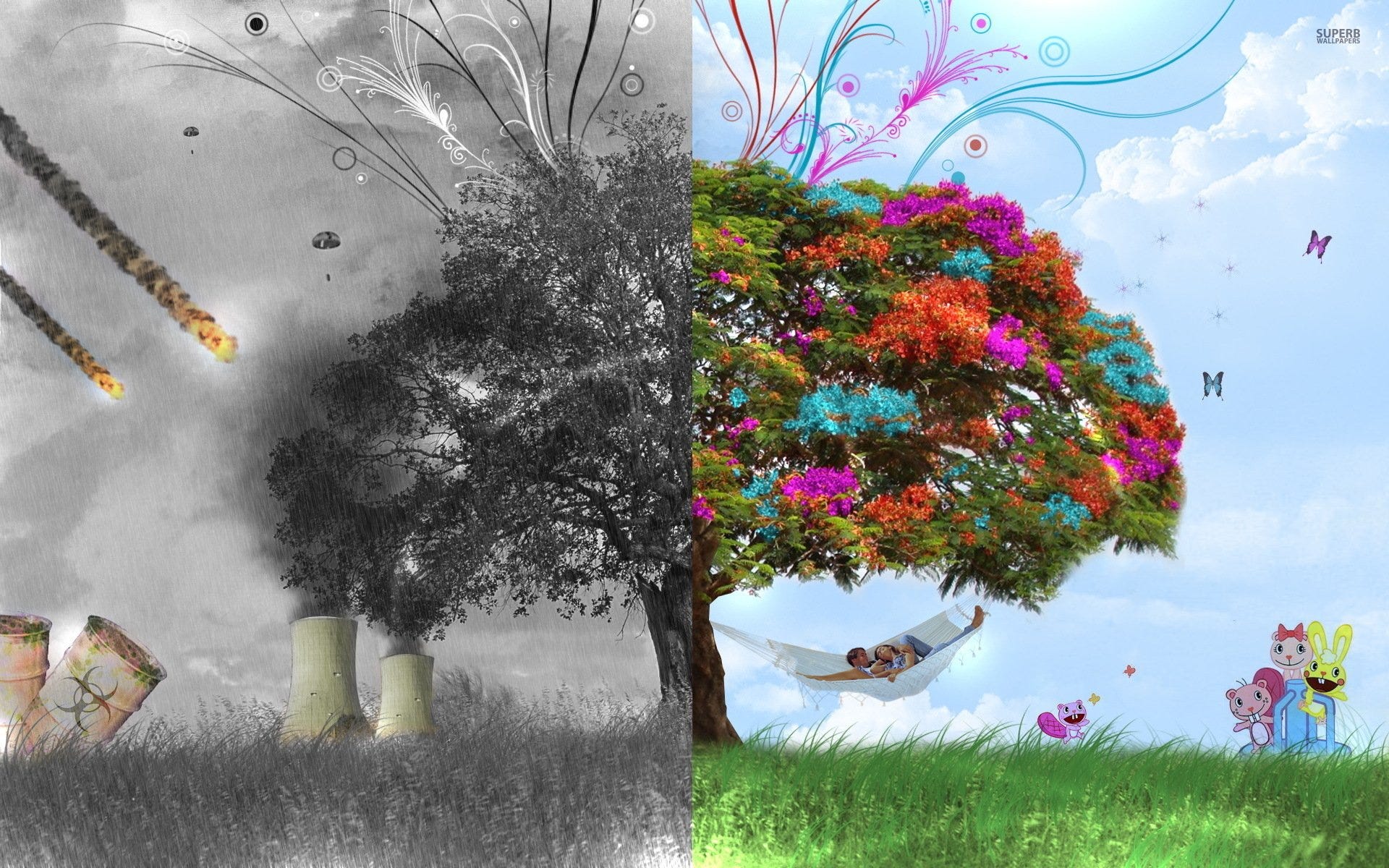
Paradox = a seemingly absurd or contradictory statement or proposition which when investigated may prove to be well founded or true
On September 9th 1965, while flying on a mission over North Vietnam, commander James Stockdale ejected from his aircraft and parachuted into a small village, where he was severely beaten and taken as a prisoner of war.
Stockdale was taken to the infamous “Hanoi Hilton” prison for the following seven and a half years. Unlike many of his fellow prisoners of war, Stockdale survived. What was different about him compared to the others who had the same training as him?
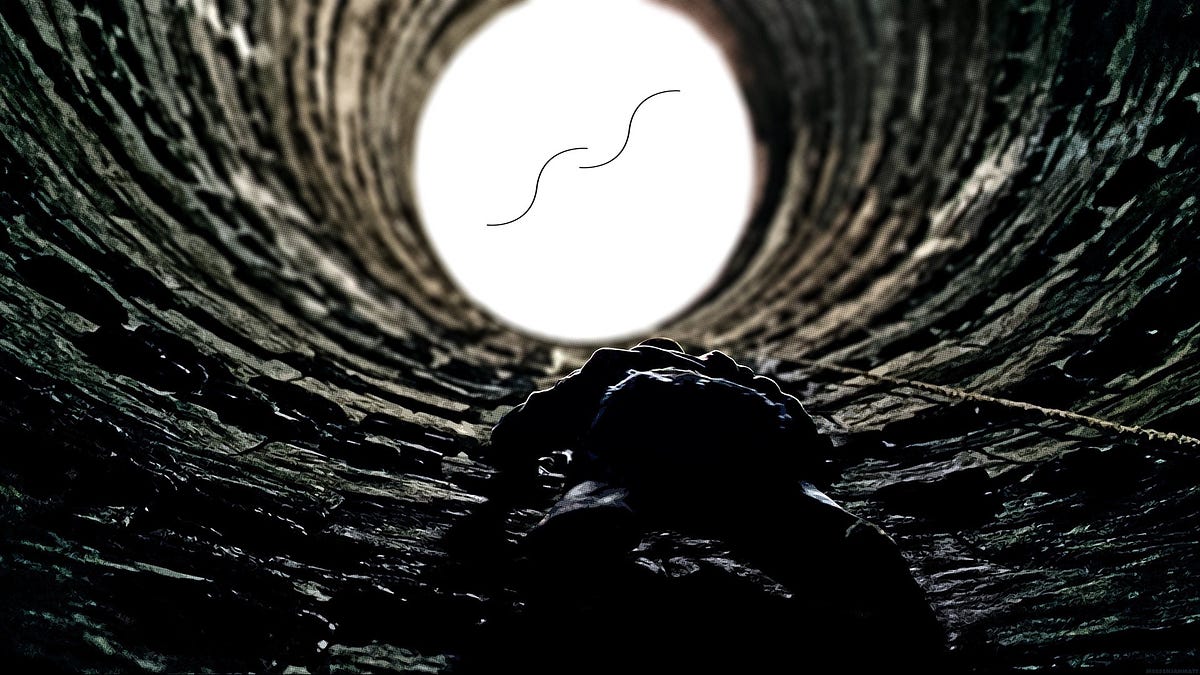
In his epic book ‘Good to Great’, Jim Collins writes about the life-saving coping strategy employed by Stockdale.
Stockdale revealed to Collins, “I never lost faith in the end of the story, I never doubted not only that I would get out, but also that I would prevail in the end and turn the experience into the defining event of my life, which, in retrospect, I would not trade.”
Stockdale informed us equally who didn’t make it out of the Vietnamese prison:
“Oh, that’s easy, the optimists. They were the ones who said, ‘We’re going to be out by Christmas.’ And Christmas would come, and Christmas would go. Then they’d say, ‘We’re going to be out by Easter.’ And Easter would come, and Easter would go. And then Thanksgiving, and then it would be Christmas again. And they died of a broken heart.”
Stockdale concluded:
“This is a very important lesson. You must never confuse faith that you will prevail in the end — which you can never afford to lose — with the discipline to confront the most brutal facts of your current reality, whatever they might be.” — Commander James Stockdale
Jim Collins dubbed this phenomena “The Stockdale Paradox”.
The Stockdale Paradox and Business
Stockdale’s survival strategy is one that must be fully embraced by businesses today. Globally, the goalposts are moving on every organisation. The foundations on which businesses were built are no longer stable, in fact, they are often no longer relevant. We need to constantly assess that are we on the right track. We need to build calibration into our strategic workflows.
The upside of this age of uncertainty is that it is equally an age of immense opportunity. If harnessed correctly, if reframed as an opportunity great things can be achieved. Businesses need to firstly accept this constantly evolving business paradigm and only then create (coping) calibration strategies to survive this age.
Let’s now take a deeper look at the Stockdale paradox through the lens of business:
“You must never confuse faith that you will prevail in the end … with the discipline to confront the most brutal facts of your current reality, whatever they might be.”
Part One “You must never confuse faith that you will prevail in the end” involves a strategic cocktail of Vision, Purpose, Values, Faith, a growth mindset, all underpinned by unwavering resilience.
This cocktail is too often overlooked in many companies. Other times companies may co-create lipstick-on-a-pig documentation produced in one-day strategy workshops. These documents are often designed by external consultants, who lack the scar tissue needed to really understand your business.
Despite the high price tag of these strategy papers, the finished document is often filed away in a drawer never to be seen again. On other occasions, there may be some key phrases extracted from the document and plastered over the corridor walls, which often are just words, that lack meaning.
Real purpose, real mission and real values are not brought to life by the words on a wall, but by the behaviours in the hall. Those behaviours must first be owned by leadership and practiced to a point that they become the operating system.
Part Two “The discipline to confront the most brutal facts of your current reality”
I empathise greatly with so many CEOs. Due to illogical and irrational board pressure they are forced/influenced to focus on short term profits and thus they become so preoccupied with weekly, monthly and quarterly targets that they simply stick their head in the sand regarding the long term.
Countless industries neglect their true current and future realities. To make matters worse, the managers masquerading as leaders use the company as a stepping stone to another leadership (actually management) role. They are custodians of the role rather than true owners of the role.
Facing current realities means facing the truth, making investments to survive the long term.
True leaders understand that they may are planting seeds for trees they may never see. These leaders are willing to initiate strategies today so that the company will benefit tomorrow.
The choices are flight (avoid the true reality, ostrich style), fight (take on regulation and litigation) OR to face true reality like Stockdale did.
In business those who embrace the Stockdale Paradox are the pioneers. Yes, they still run, but not away from change, they run with change.
“The true meaning of life is to plant trees, under whose shade you do not expect to sit.” — Nelson Henderson
S Curves
Regular readers of the Thursday Thought can skip this next paragraph as it reminds us of S-Curves. S-Curves are essential when embracing the Stockdale Paradox and running with disruption.
To fully grasp the concept of disruption we must remind ourselves of the sigmoid curve or the “S” curve.
S curves are a great way to map business and product lifecycles. S curves follow the shape of the letter S with a shallow start with early adopters and niche clientele. Rapid growth comes next, followed by a dominant position in the market.
After a rapid growth stage, businesses or products plateau and experience stagnation, process optimisation, automation job cuts and quite often a me-too proposition.
To Innovate, companies and leaders need to jump from the S curve where they are to a new curve. Unfortunately, very few businesses and leaders have the courage to do so.
This is because the jump always looks like a step backwards. The new curve has the characteristics of being messy, unproven, lacking revenue and riddled with risk. Looking through a lens of an established business, it looks like a distraction, it looks too risky. Rather than dabble in new curves, many leaders would rather optimise what they have, even if it is an out-of-date business model or dated product, even if it is being disrupted by a new market entrant.
Loss Aversion

In cognitive psychology and decision theory, loss aversion refers to our tendency to prefer avoiding losses than acquiring gains. In simple terms, it seems better to us not to lose €5 than to find €5.
The loss hurts us more than the possible gain.
This tendency has an immense impact on corporate disruption and new business model innovations. Even when the business itself proposes a new jump, a new direction to future proof itself, that idea is often (mostly) perceived as a threat to the business as it is today. Without the correct positioning these new jumps are often stillborn.
All an incumbent business hears is: “distraction”, “threat”, “possible loss”.
And when they fail to act we see this:
And this:
Leaders Need to be Ambidextrous
We have looked at how true business leaders must understand the paradox of disruption.
Leaders must learn to manage the business as it is today (the current curve life cycle) and propagate the new curve for the business of tomorrow and years to come.
Ambidexterity is the state of being equally proficient in the use of both the left and the right hand. Leaders must show the same ambidexterity with managing business life cycles.
The integration of new innovations into a business without negatively impacting core business operations is an intricate skill. This is where the ambidextrous leader reigns supreme. Often this leader will hide the innovation in its early life cycle, she will not raise it with the board, she will not overpromise, she will present it as an experiment, if she presents it at all.
Larger and mature, established businesses struggle hugely with S-Curve ambidexterity. Not only does it feel like they are disrupting themselves, but it feels like they are fuelling their own demise. To innovation workers this is of course the point, cannibalise yourself so others do not, own the cannibalisation, foster challenge from within. This is akin to developing a football academy successfully where the younger players eventually replace the elder statesmen. The apprentice takes over from the master and the master becomes the teacher and the cycle continues.
It can be difficult to find a champion within the established business to nurture new innovations. It is even harder to find existing business unit owners who will fully foster new innovations. Why is this, I hear you ask? They fear that new innovation will threaten their existing power and/or position and distract them from what they are evaluated on, incentivised on and praised for. Being given a new fledgeling project is often positioned poorly and the new idea foster parent may feel they are being given a poison chalice of sorts. The stark reality is that most innovations fail in their initial iteration and the proven, tried and tested leader may feel that their hitherto rock-solid reputation may be tarnished.
Disruption Paradox Mastery
True innovation comes from mastering opposing, contradictory forces. I wrote about how Johann Sebastien Bach did with music many years ago.
Bach ingeniously balanced two opposing, contradictory forces in music. One of these forces is known as diatonicism and the contradictory force is known as chromaticism.
Diatonicism is the use of the normal seven tones of a standard musical scale. (the white notes on the piano to a musical layman like myself).
Chromaticism is the use of the full 12 notes (the white and black keys on the piano) in musical composition. This gives music more colour, variation, depth and emotional range.
Bach was the pioneer in perfectly intertwining these two musical forces to achieve musical equilibrium.
For businesses to succeed today we need to master paradoxes more than ever before. We need to be the J.S. Bach of the business world and we need to be the James Stockdale. We need to be simultaneously poacher and gamekeeper, new entrant and incumbent.
This is a much different playing field.
The old rules are dead.
The new rules are experimental, they are temporary and they are fragile.
“The secret of change is to focus your energy not on fighting the old, but building the new.” — Socrates
THANK YOU FOR READING, IF YOU LIKE THIS PLEASE HIT A THUMB SO OTHERS WILL SEE IT
This week’s innovation show is EP 109: How to Be a Samurai Listener with Cash Nickerson
Soft Skills have become the new hard skills, yet we have to seek out education in these skills. In an increasingly tech-driven world, soft skills are even more necessary.
The martial arts skills of the Samurai revolve around politeness, self-control, and honesty. By using these traits as business strategies, you will develop an especially powerful tool for dealing with the subtle attacks we often face from colleagues, clients, and others competing for control, eager to succeed at our expense.
We discuss specific pitfalls and specially designed exercises to improve all of your interpersonal interactions.
Cash Nickerson draws upon more than thirty years of experience in human resources, the workforce, and his training in martial arts to offer expert instruction to help anyone eager to be more successful.
Have a listen
Soundcloud https://lnkd.in/gBbTTuF
Spotify http://spoti.fi/2rXnAF4
iTunes https://apple.co/2gFvFbO
Tunein http://bit.ly/2rRwDad
iHeart Radio http://bit.ly/2E4fhfl
You can find out more about Cash here: http://cashnickerson.com/
